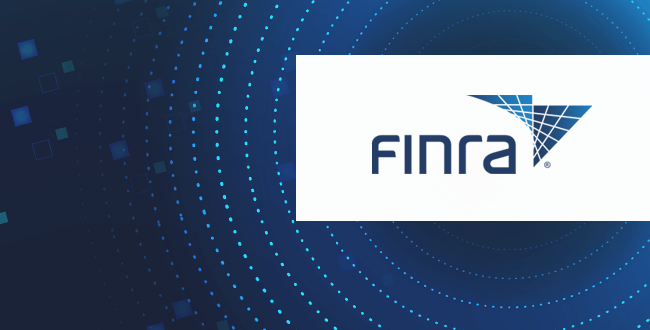Speech analytics has changed dramatically in the past years. While reading this you are probably telling Siri to switch on the heating in your house. Speech-recognition software has gotten surprisingly good at understanding us – whether users ask Siri for local news, talk to their Amazon Alexa to play music or operate their Samsung TV without pushing a button it is becoming ubiquitous for consumers.
Every day, we create 2.5 quintillion bytes of data — so much that 90% of the data in the world today has been created in the last two years alone. Traders’ calls have been taped since the 1970s. The average trader will generate 2,000 hours of call recordings every year. Multiply that by 500 on a small trading floor then multiply that by five trading houses … that’s 5.6 million hours of calls per year!
Companies have taken one step ahead with the adoption of speech analytics. The technology allows businesses to perform content searches across voice and text using built-in, multi-lingual phonetic and transcription engines to further develop strategies to win back customers or keep them from leaving in the first place. But speech analytics are still not up to scratch in many businesses as the technology is complex and it involves high costs of deployment.
Speech analytics: to those that don’t have it
Speech analytics can give a company a significant competitive advantage. But how? Why?
- Businesses make use of speech analytics to upgrade customer experience. That is because, it helps evaluate and present audio and textual data. Sentiment scoring, for instance, captures the literal voice of a customer considering nuances like emotional data, including tone of voice, phrasing and punctuation. A grand tool, which businesses have been hunting for decades, and which could help address customers’ needs and expectations.
- Contact centers are huge cost centers. And, that’s a fact. Speech analytics can reduce operations costs by detecting overheads and ways to avoid spending money while generating incremental revenue.
- “The customer-led bank” – a report by Bain & Company states that putting customer loyalty at the heart of operations requires banks to strengthen atrophied capabilities and master new disciplines. What is advantageous in real-time speech analytics is that it helps identify which customers are at risk of churn and what are the reasons behind it, so that managers can dedicate time to handling high valued customers. This will deter them from going to competitors.
The software that senses how customers feel – But how does it work?
Real-time analytics is essentially a convergence of several technologies. It begins with keywords and phrases analysis, changes in pitch, tone or talking speed (and even context). This is followed by artificial intelligence determining what actions to undertake once a pre-set marker has been depicted. For example, negative scores are assigned to phrases such as “cancel my account” (spoken by the customer) and “hate to lose you as a customer” (by the agent).
Real-time analytics goes beyond just an analysis of the interaction. For instance, an insurance company can scan for callers that mention “vacation” or “expedition” to determine which customers to target with a promotion. This information is more reliable than assuming an online user reading an article on a travel blog is soon going on a holiday.
More to be done
In the past, speech analytics was used primarily in government agencies, due to high cost of ownership. But even today real-time speech analytics is used by just 38% of contact centers as per the ‘2015 U.S. Content Center Decision-Markers’ guide. The challenge arises as many organizations mistakenly believe that if they just plug-in speech analytics and have the calls analyzed, the software will immediately deliver insights about their business. The reality is that speech analytics requires a significant amount of work and resources (including a certain degree of expertise in-house) to make the applications work, says Donna Fluss, president of DMG Consulting.
What the future holds
Businesses are not yet convinced of the merits of speech analytics. But the opportunity would be a shame to miss. Speech analytics users have 7-times greater annual increase in up-sell revenue and 3-times greater year-over-year improvement in average handle time compared to non-users, according to a research by Aberdeen Group. Also, DMG Consulting expects speech analytics to continue to pick up momentum, particularly as best practices emerge to help companies succeed with their implementations.
But why invest in speech analytics?
It’s simple: what’s good for the customer is good for business. A Harvard Business Review Paper entitled “Stop Trying to Delight Your Customers” asserts that the key to effective customer service is keeping “customer effort” to a minimum. Clearly, speech analytics is at play in the realm where an optimal customer experience resides, helping fill in the gaps of business intelligence, improving efficiency and customer experience.
Anywhere that has a high volume of calls, emails and other types of communication could benefit from speech analytics. And, today, cloud based services allow rapid adoption while removing the costs of hardware.
- Beginners guide to Speech Analytics - November 24, 2016
- Extracting the benefits of call recording solutions - November 17, 2016
- Compliance from the cloud: improving risk management with technology - November 7, 2016
